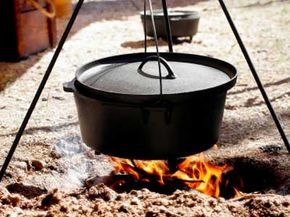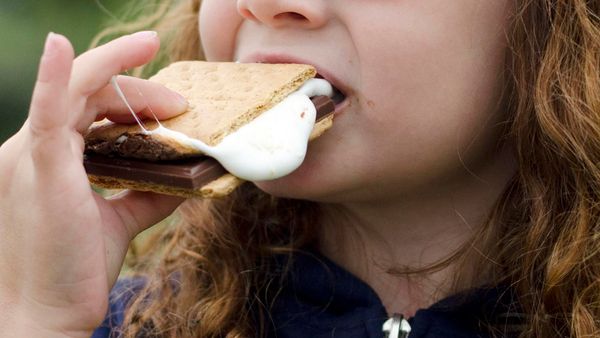Finally, it's time for the annual camping trip. There really is nothing like sleeping under the stars and getting away from the hustle and bustle of city life. Of course, they don't call it "roughing it" for nothing. Certain parts of the camping experience are less than appealing, and the food can be one of them. There's no denying cooking becomes quite a bit harder when you leave your cook-top and oven back in the kitchen. But these days there are some options to make your excursion much easier, and technology is on your side. As long as you do some research and plan ahead, you might find that cooking over a fire is not as tough as you expected.
Campfire cooking is easy to learn but difficult to master. You might use similar ingredients, but it's not like cooking at home. You don't have the convenience of a refrigerator or an oven with ready-made heat. Unless you had a Boy Scout or a parent to teach you how to build a contained fire, you will need to know the proper methods of creating that essential flame. Building the ideal cooking fire depends on what you're cooking.
Advertisement
Since you won't have your 20-piece knife set, your colander, waffle iron and all your other kitchen luxuries, you'll need to know what cooking equipment to buy and bring for your camping trip. To go along with your new equipment, you'll need to learn the proper campfire cooking techniques that can help you prepare a variety of foods over a fire.
Click to the next page to discover how to do what the cavemen perfected -- build an ideal fire for your cooking purposes.
Advertisement

